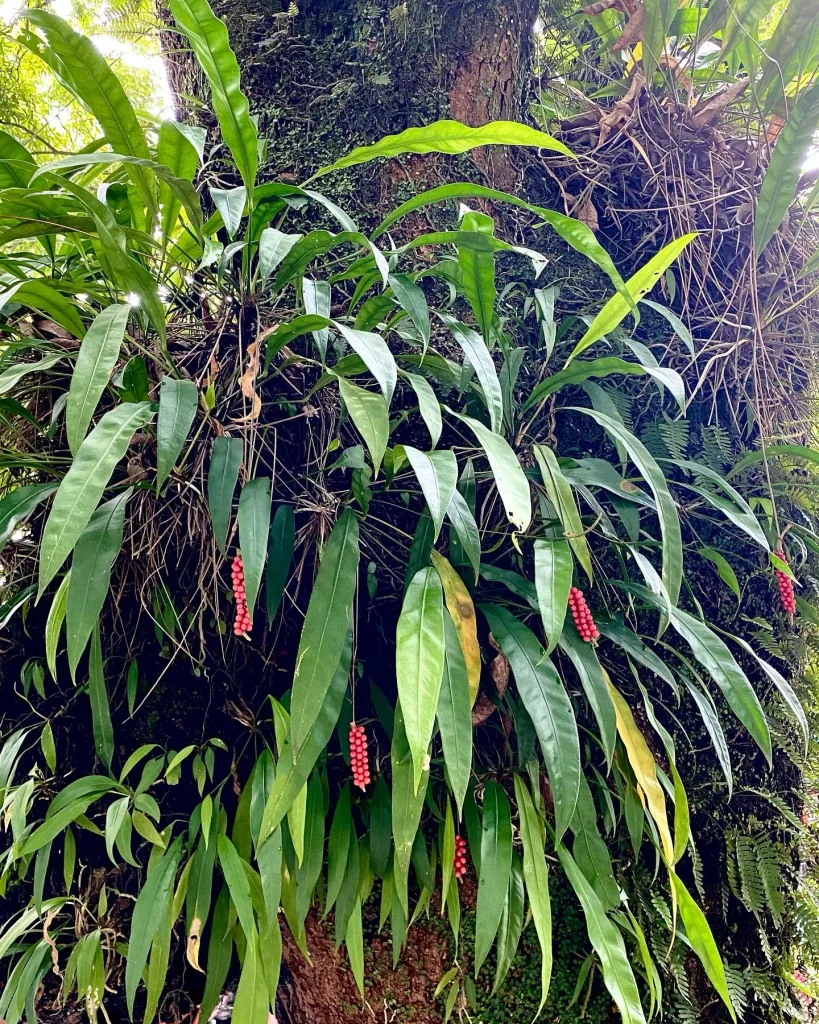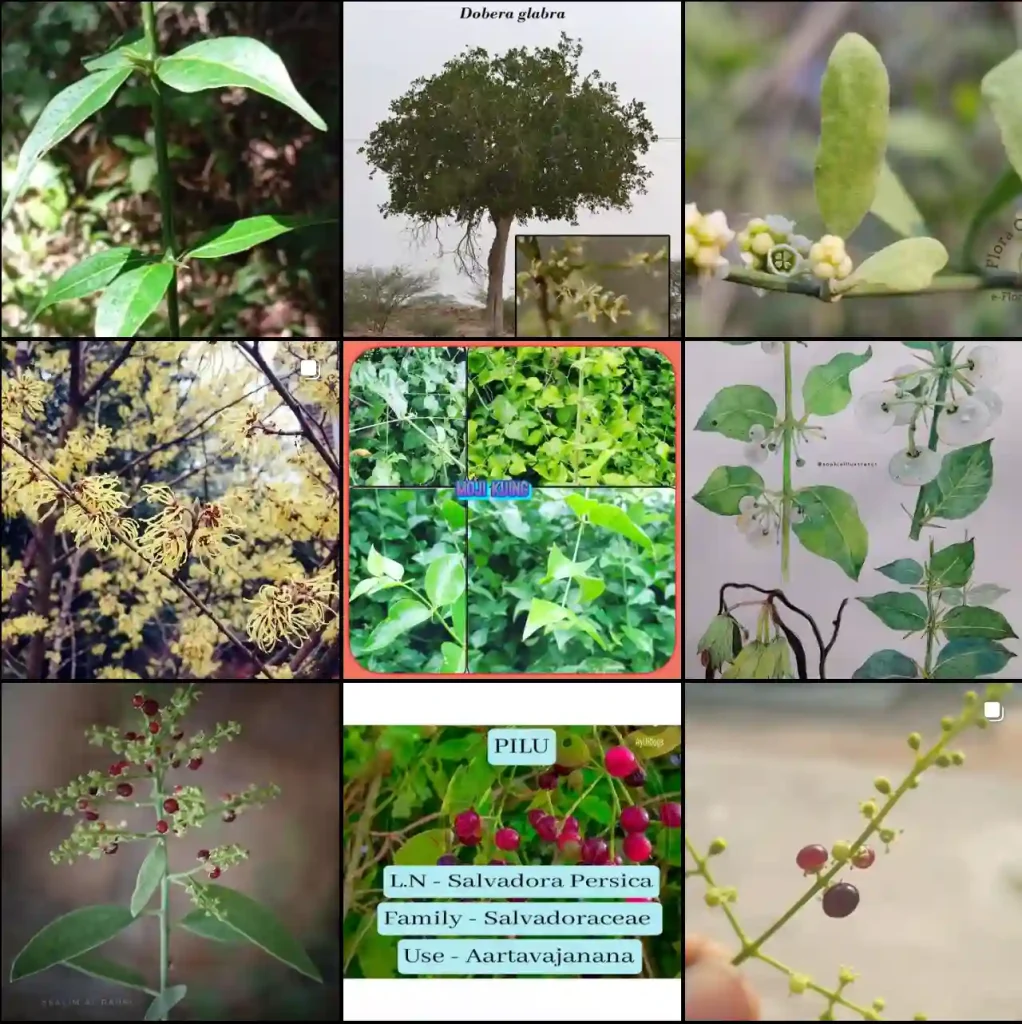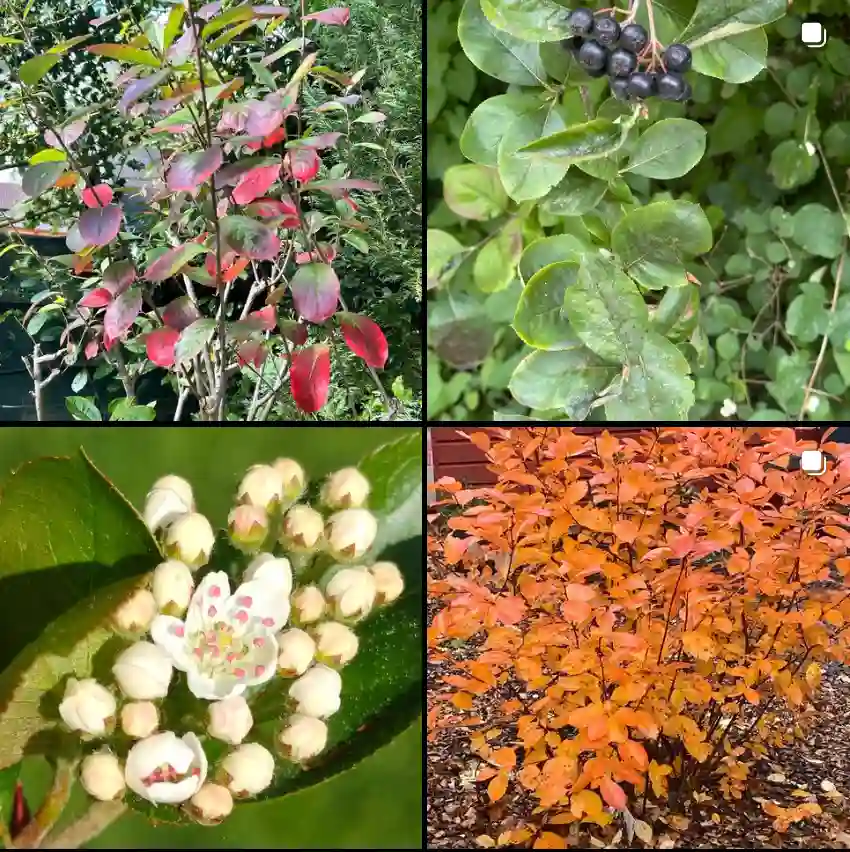What Is an Elephant Ear Mushroom?
Gyramitra Brunnea is a lesser-known mushroom with a name that evokes its resemblance to an elephant’s ear. Unlike the commonly consumed Auricularia Auricula-judae (Wood ear), Gyramitra Brunnea is not widely recognized for culinary use but is intriguing due to its distinctive appearance and potential properties.
Elephant Ear Mushroom Identification: What Does an Elephant Ear Mushroom Look Like?
The Gyramitra Brunnea has a striking appearance. Its cap is broad and irregular, often resembling an elephant’s ear with its large, lobed structure. The color ranges from brown to a deep reddish-brown, and it has a somewhat leathery texture. The surface can be smooth or slightly wrinkled, contributing to its unique look.
Is Elephant Ear Mushroom Poisonous?
This is an important question to address. While Gyramitra Brunnea is not typically noted for its toxicity in the way some other fungi are, it is not commonly consumed or well-studied for its edibility. Its classification and potential effects on health are not as well-documented as more familiar mushrooms. It’s always best to err on the side of caution and avoid consuming mushrooms unless you are absolutely sure of their safety and edibility.
Elephant Ear Mushroom Edible
The edibility of Gyramitra Brunnea is a bit of a gray area. Unlike well-known edible mushrooms, such as those used in cooking or medicine, this particular species is not widely recognized for its culinary uses. Given the lack of substantial documentation about its edibility and potential toxicity, it’s wise to avoid eating this mushroom unless you have expert guidance.
Elephant Ear Mushroom Psychedelic
Gyramitra Brunnea does not have known psychedelic properties. Unlike mushrooms like Psilocybe Cubensis, which are known for their hallucinogenic effects, Gyramitra Brunnea is not associated with psychoactive experiences. Its primary interest lies in its appearance and the scientific curiosity it sparks.
How to Care for Elephant Ear Mushrooms?
If you’re interested in cultivating Gyramitra Brunnea, you’ll need to create an environment that mimics its natural habitat. This mushroom prefers a humid, shaded environment where it can grow on decomposing wood. Maintaining high humidity and ensuring the substrate is kept moist are key to successful cultivation.
How to Propagate Elephant Ear Mushrooms?
Propagating Gyramitra Brunnea involves using spores or mycelium to inoculate a suitable substrate, such as decaying wood or sawdust. The substrate should be kept moist and in a shaded location to support growth. As with other fungi, ensuring the right environmental conditions is essential for successful propagation.
Additional Tips
- Handling: Always handle wild mushrooms with care and ensure proper identification to avoid confusion with toxic species.
- Research: Due to the limited information available on Gyramitra Brunnea, further research or consultation with mycologists may be necessary for anyone looking to study or use this mushroom.
- Conservation: Respect natural habitats and avoid disturbing ecosystems when foraging or cultivating mushrooms.
The Elephant Ear Mushroom, or Gyramitra Brunnea, is a fascinating species with unique characteristics. While it may not be widely known for culinary use, its distinctive appearance and potential for scientific study make it an interesting subject for mushroom enthusiasts and researchers alike.
If i die, water my plants!



